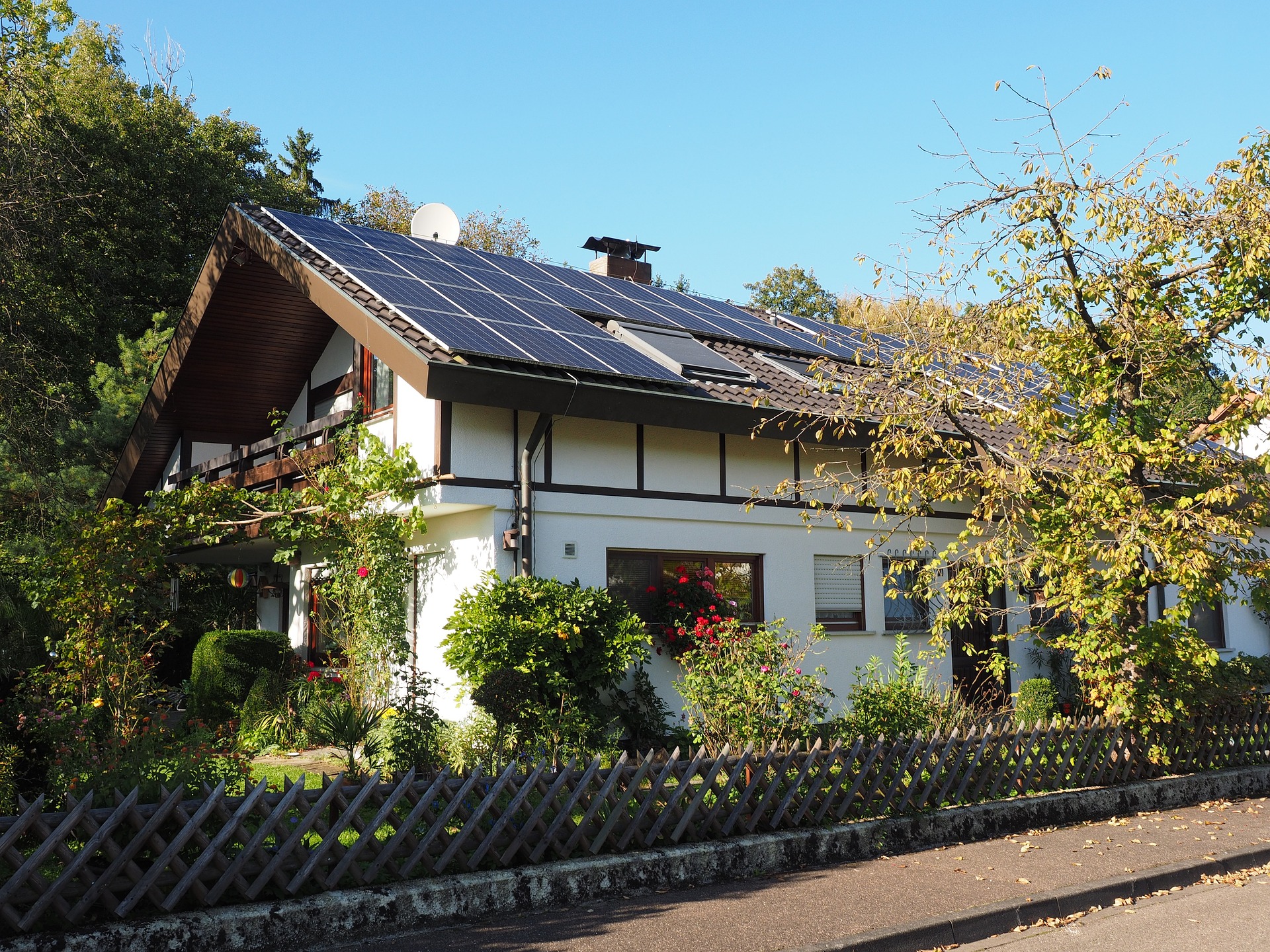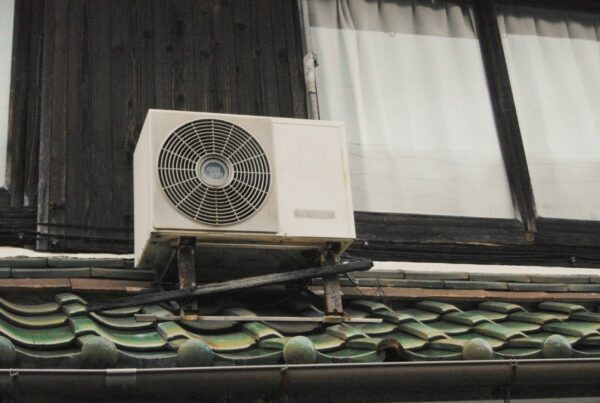Last Updated on February 25, 2024
Are you burdened by ever-increasing electricity bills? Do you want to reduce your home’s environmental impact? Installing a solar power system can be a fantastic solution. It can slash your energy costs and help you transition to a more sustainable lifestyle.
Many homeowners are interested in solar, yet they hesitate. They’re unsure how solar systems work, the upfront costs, or if the long-term benefits outweigh their concerns. This feeling is understandable, as switching to solar energy can seem complex.
However, careful planning can make installing a solar power system simple. It has the potential to pay for itself many times over through energy savings. You’ll also experience the satisfaction of powering your home with clean, renewable energy from the sun.
1. Is Your Home a Solar Candidate?
Before you rush to get home solar panels, you must ensure your house is a good fit. Here are some key factors to assess:
- Suitable Roof: Ideally, your roof should face south for maximum sun exposure throughout the day. You’ll also need ample roof space to accommodate the solar panels. Finally, trees or other structures that cast shade on your roof can reduce your system’s efficiency, so consider this carefully.
- Electricity Consumption: Knowing your average energy use is crucial. This information will help you determine the correct size system for your needs. You can find your average consumption on your power bill or through your energy provider’s online portal.
- Existing Roof Age and Condition: If your roof is near its lifespan, it’s best to schedule its replacement before your solar installation. Combining both projects can save you time and money in the long run.
Solar panels can last for 25 to 30 years or more. You wouldn’t want to have to remove them prematurely for roof repairs. Additionally, a solid and secure roof is necessary to support the solar system’s weight.
2. System Types: Finding the Right Fit
Solar power systems come in a few different varieties. The best type for you will depend on your goals and your location. Here are some options:
- Grid-tied: Grid-tied systems are the most common choice for homeowners. They connect directly to your existing power grid. When your panels produce excess energy, you can often sell them back to the utility company, reducing your bill further.
- Off-grid: These systems don’t rely on the traditional power grid. They use batteries to store energy for later use. Off-grid systems are ideal for remote locations without access to utility power. They also offer complete energy independence for those looking to disconnect from the grid entirely.
- Hybrid: A hybrid system combines elements of both grid-tied and off-grid systems. You’ll enjoy the benefits of grid connectivity and the security of battery backup for power outages. Hybrid systems offer flexibility and increased reliability, making them popular for those desiring the best of both worlds.
Choosing the right system involves careful consideration of your household’s energy needs. You’ll also need to evaluate regional regulations and the specific features offered by different solar installers.
3. Vetting Installers: Choosing The Right Partner
The success of your solar investment heavily relies on choosing the right installer. Don’t rush this critical decision when seeking a qualified and reputable company. Here’s how to find the best fit:
- Importance of credentials and experience: Verify the company’s licenses and certifications. Look for specialized training or qualifications in solar installation. Also, inquire about the length of time they’ve been in business, as their experience is critical.
- Comparing quotes: While cost is essential, don’t let it be the deciding factor. Consider the system’s quality, warranties offered, and the company’s reputation. Get at least three detailed quotes and compare them meticulously.
- Understanding warranties and maintenance options: Warranties for solar panels and inverters can vary from company to company. Ensure you understand the coverage terms and duration. Inquire about available maintenance options which can safeguard your investment in the long run.
Ask potential installers for references and customer reviews. Check online ratings or testimonials to assess their track record of customer satisfaction. Choosing a reliable, competent installer helps ensure smooth installation and guarantees your system’s longevity.
4. The Installation Process: A Step-By-Step Overview
Once you’ve chosen an installer, it’s time to start the exciting journey of getting your system up and running. Here’s a general breakdown of what to expect:
- Permitting and approvals: Your installer will help you secure necessary permits from your local government. These permits ensure the system adheres to building codes and safety standards.
- System design and component placement: Your installer will carefully design a system tailored to your energy needs. They’ll also determine the optimal placement of panels on your roof and other system components for maximum efficiency.
- Actual installation timeline: The physical installation process usually takes a few days. Your installer will mount the solar panels, connect the electrical components, and safely integrate the system into your home’s electrical panel.
- Inspection and Connection: A local inspector will examine the system to confirm it complies with codes and regulations after installation. Once approved, your utility company will connect your system to the grid, enabling it to start generating power.
While your installer handles most of the heavy lifting, stay informed throughout the process. Ask questions, and don’t hesitate to request clarification on any aspect of the installation. Having a basic understanding of the steps involved empowers you as a homeowner.
Conclusion
Choosing solar power is a wise investment with substantial financial and environmental returns. You’ll enjoy lower energy bills and reduce your carbon footprint. By carefully considering your home’s suitability, choosing the right system and installer, and understanding the ongoing management aspects, you’ll maximize the benefits of this transformative decision. And remember to frequently carry out maintenance on the system to maximize its lifespan.





